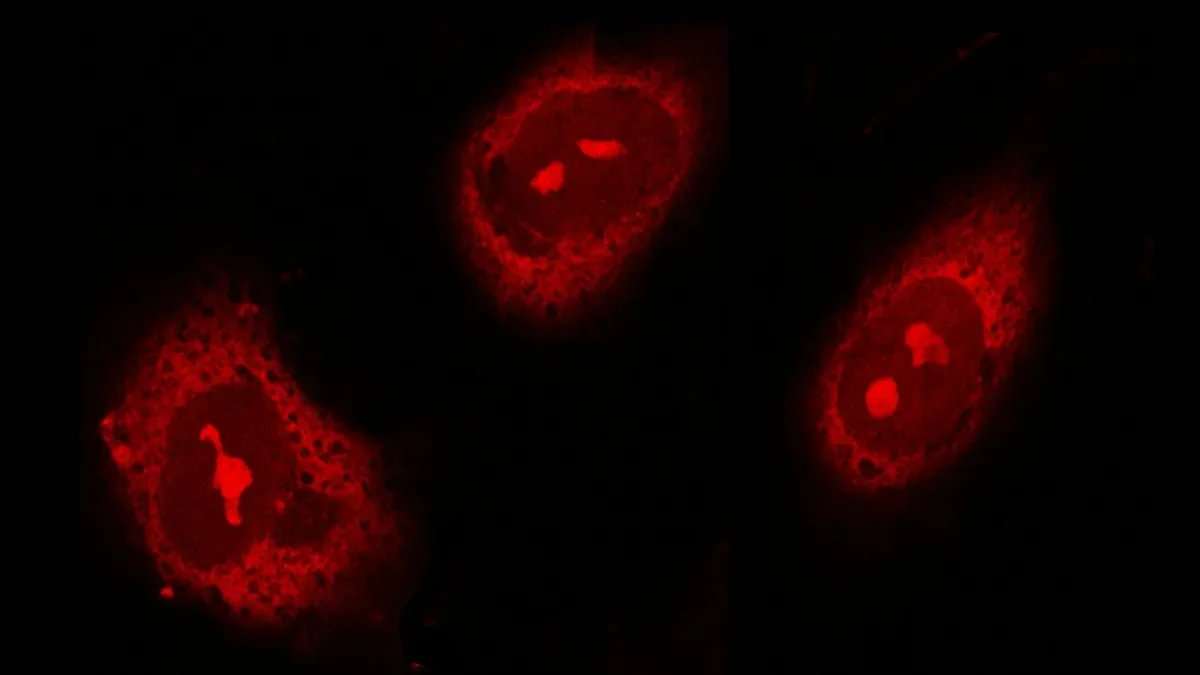

SoBT Researchers Highlight Therapeutic Potential of Molecule for Cardiovascular Disease
Cardiovascular disease (CVD) is among the leading causes of death and disability in the world. This disease category encompasses pathologies such as heart disease and stroke, which stem from the narrowing or blockage of blood vessels within the vascular tree. The underlying cause of this event is the build-up of fatty deposits on the vessel walls that form plaques in a process known as atherosclerosis; a process influenced by factors such as high cholesterol, inactivity, obesity, and the presence of comorbidities such as diabetes mellitus.
Indeed, CVD is actually the leading cause of death in patients with type 2 diabetes mellitus, accounting for 50% of diabetes-dependent mortality. Despite interventions in the form of improved therapies in conjunction with aggressive risk management, this statistic has persisted. Consequently, new therapeutic approaches and targets are warranted. In this respect, researchers based in the School of Biotechnology at DCU have published new data in support of on one particular molecule that might have potential in addressing this need.

Dr. Hannah Forde; first author on the publication
‘Tumor necrosis factor-related apoptosis-inducing ligand, or TRAIL, was previously thought to predominantly induce programmed cell death in malignant cells,’ explains Dr. Hannah Forde, lead author on the publication, ‘though studies have shown TRAIL has several physiological roles in the body owing to the prevalence and distribution of its heterogeneous receptor types across different tissue beds throughout the body’.
‘Of interest to us is the presence of the TRAIL receptor on the cells that comprise the blood vessel wall, suggesting TRAIL can interact, and indeed, elicit an effect in these cells upon receptor binding’.
‘The Endothelium Biology Group in the School of Biotechnology have been examining the effect that systemic levels of TRAIL have on cardiovascular prognosis over the last number of years, with research to-date suggesting that TRAIL exerts a vasoprotective effect in the cardiovascular system’.
Previous studies from this group have demonstrated the protective effects of TRAIL in models of diabetes by ablating the over-production of reactive oxygen species; a highly reactive form of the oxygen responsible for driving a number of pro-atherogenic processes.
‘For this study, we built upon our existing work in which we simulate the hyperglycaemic environment of the diabetic vasculature in the laboratory using cells isolated from the human aorta, and also incorporate a state-of-the-art culture model that allowed us to recapitulate the complex blood flow patterns evidenced in atherosclerotic vessels. In this way, we could compare TRAIL’s effects in both models and evaluate TRAIL’s antioxidant effects in a hemodynamic, more physiologically-relevant environment’.
‘This is the first study of its kind examining the effect of TRAIL in this multifaceted context, and adds to the existing body of evidence the TRAIL is a pleiotropic molecule with vasoprotective and atheroprotective properties. Our study further corroborates our previous work in that TRAIL can exert a beneficial antioxidant effect on hyperglycemically distressed vascular cells. From a therapeutic perspective, this could have huge potential in addressing the global burden of CVD’.
For more information, the group’s latest publication can be viewed here.
